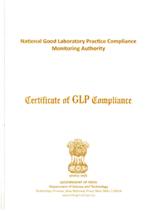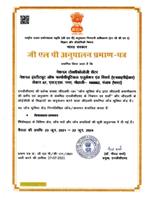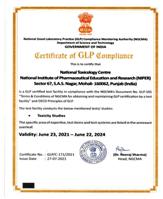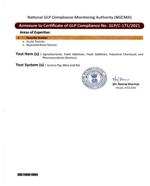About Us
|
The institute has the first Government test facility approved by National GLP Compliance Monitoring Authority (NGCMA), DST, New Delhi (https://dst.gov.in/ngcma). National Toxicology Centre (NTC), a state-of-art test facility is constructed on an area of 700 sq. meters for carrying out toxicological studies on small laboratory animals. GLP Certification: The National GLP Compliance Monitoring Authority (NGCMA) from Dept. of Science and Technology, Govt. of India (https://dst.gov.in/ngcma) New Delhi approved National Toxicology Centre (NTC) for conducting various toxicological studies of Industrial chemicals, Pharmaceuticals, Pesticides, food additives (Nutraceutical) and feed additives from industries and other research organizations on small laboratory animals (Rats, Mice and Guinea pigs). The test facility is in compliance with the OECD (Organization for Economic Cooperation and Development) Principles of GLP. The test facility has successfully completed three inspection cycles of certification and currently it is in the fourth cycle of certification. |
 |
Infrastructure
The National Toxicology Centre (NTC) is designed on a concept of clean and dirty corridors and has six state-of-art animal rooms including two quarantine rooms. The Centre is also equipped with the individual ventilated caging system and metabolic cages. The centre is having an in vitro facility for screening of new chemical entities (NCEs).
Quality Assurance Unit
An independent Quality Assurance Unit (QAU) is in place to monitor all the activities of the Centre.
Archive Section
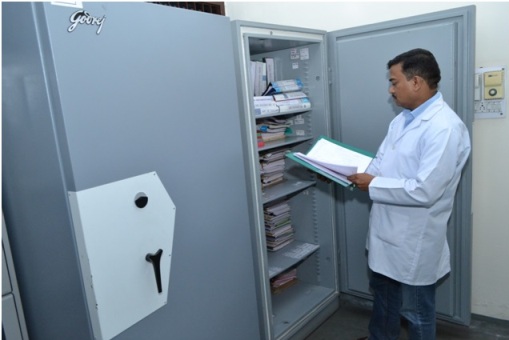
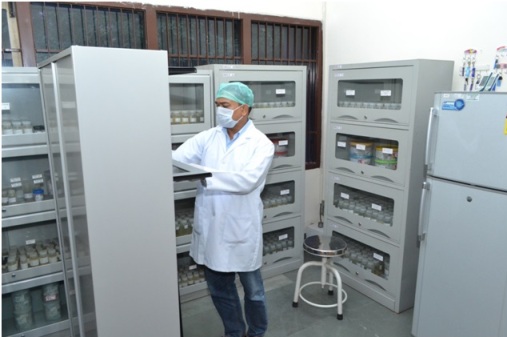
There are two Archive Sections present in the test facility for proper storage of different kinds of study related dry and wet materials. There are two fire proof cabinets available in the Archives for the storage of important documents.
Biochemistry and Hematology Laboratory
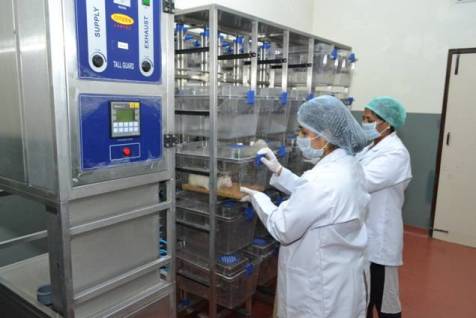
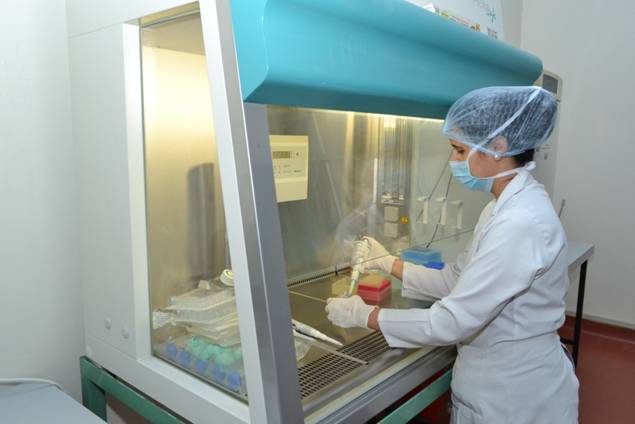
There are two Archive Sections present in the test facility for proper storage of different kinds of study related dry and wet materials. There are two fire proof cabinets available in the Archives for the storage of important documents.
Histopathology Laboratory
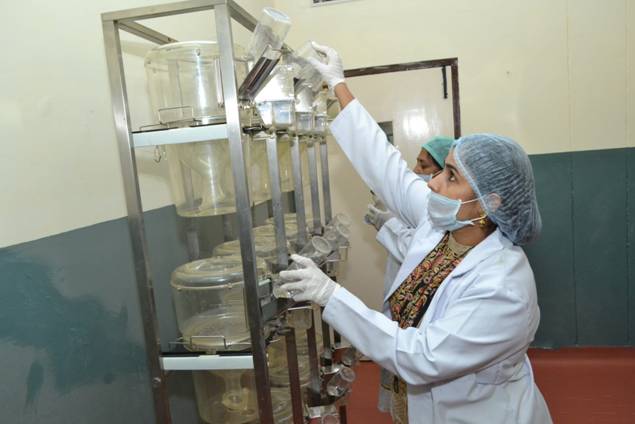
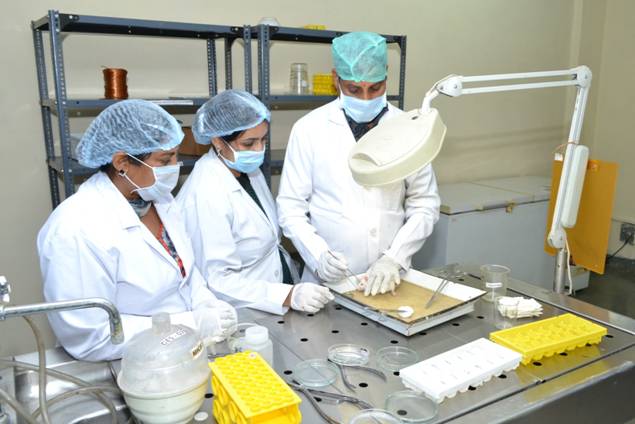
This laboratory is equipped with automated tissue processor and stainer units, microtome and paraffin embedding unit for routine histopathology work. In addition, it has Genotoxicity Laboratory, in vitro laboratory fully equipped for conducting cytotoxic studies and well equipped necropsy room.
Test Item Control Office (TICO)
There is an independent TICO for the receipt, maintenance and further distribution of test item.
Capabilities
The facility can undertake the following studies under the principles of Good Laboratory Practice (GLP) for testing of New Chemical Entities (NCEs) in small laboratory animals.
- Acute Toxicity Studies
- Sub-acute toxicity Studies and
- Chronic toxicity Studies
This facility can also take the following non-GLP studies:
- Toxicokinetic study
- Toxicogenomic study
- In vitro cytotoxicity study
- Genotoxicity study
- Nanoparticle toxicity study
- Permeability study using Caco-2 cell lines
Genotoxicity Screening using Metasystem: The fast Msearch metaphase finding software, running with scanning hardware platform Metafer, helps to vastly increase the throughput in routine toxicological screening. Micronuclei in bi-nucleated cells and comet scan can be efficiently carried out on the same platform with specified software.
Toxicogenomic Screening: major changes during the next decade is expected, as new technologies and knowledge become incorporated into regulatory and industrial practices. Evaluation of toxicological profile using DNA microarray are being used to predict the toxicity of NCEs early in the preclinical processes.
Toxicity Screening of nanoparticles: The rapidly developing field of nanotechnology is a potential source of toxicity through inhalation, ingestion, skin uptake and injection of engineered nanomaterials. Information about the safety and potential hazards is urgently needed. NIPER has been conducting projects on nanoparticles toxicity.
Inhalation toxicity Testing: The test facility is equipped with state-of –art inhalation exposure system (CH Technologies, California) for nose only exposure to both mice and rats.
| Name | Designation |
|---|---|
| Head, Management | Director, NIPER |
| Management | Prof. K.B. Tikoo |
| Study Directors / Study Personnel | Dr. G.B. Jena Ms. Rupinder Pal Kaur Ms. Nidhi Mr. Sharath S Babu Ms. Vibha Ahuja |
| Quality Assurance Unit | Ms. Kanwaljit Kaur Dr. Malti Singh |
| Veterinarian | Dr. K. Srinivasan |
| Test Item Controller | Mr. Shantaram R. Bhade Mr. Vinod Kumar |
| Archivist and Archive Staff | Mr. Shantaram R. Bhade Mr. Sanjeev Bhardwaj Mr. Vinod Kumar |
| Statistician | Dr. Pooja Arora |
| Pathologist | Dr. B.N. Dutta |
National Toxicology Centre (NTC),
National Institute of Pharmaceutical Education and Research (NIPER)
Sector-67, S.A.S Nagar, Punjab-160062.
Tel: +91-172-2292219. 2292153
E-mail: ntc[at]niper.ac.in




